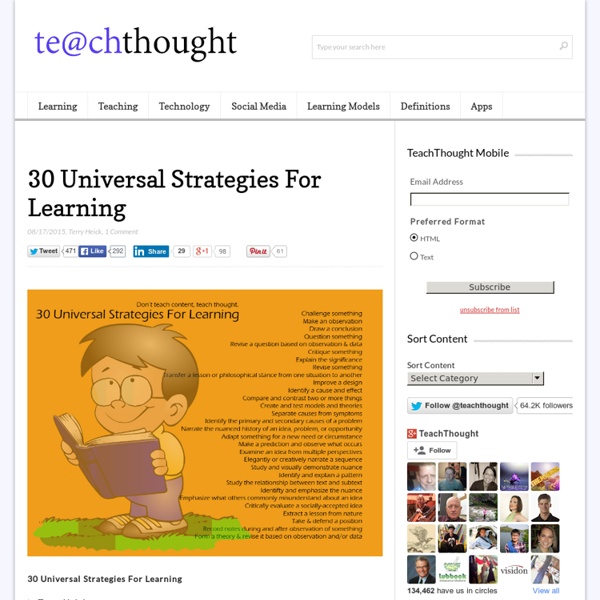27 Actions That Promote Self-Directed Learning

Self-directed learning
What Is Self-Directed Learning?
Self-directed learning is not a new concept. In fact, much has been written about it. Unfortunately, however, it is a notion that has a variety of interpretations and applications in the corporate training arena. Typical, narrow interpretations involve simply giving learners some sort of choice in their learning. This interpretation is too limited. Essentially, the notion of SDL advocated here reflects Malcolm Knowles definition of SDL: “In its broadest meaning, ’self-directed learning’ describes a process by which individuals take the initiative, with our without the assistance of others, in diagnosing their learning needs, formulating learning goals, identify human and material resources for learning, choosing and implement appropriate learning strategies, and evaluating learning outcomes.” Of primary concern in this definition of SDL is the fact the learner takes 1) the initiative to pursue a learning experience, and 2) the responsibility for completing their learning.
Related:
Related:



